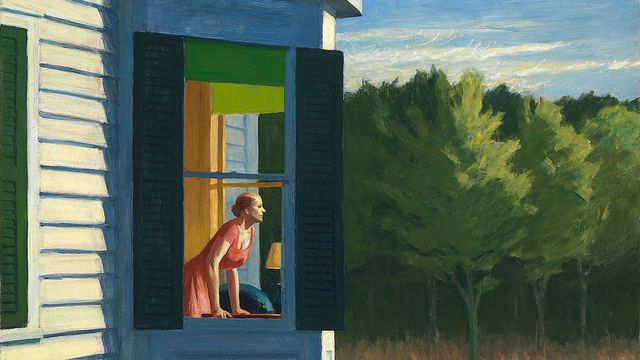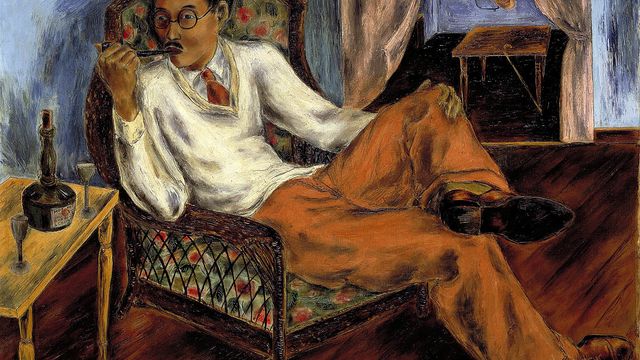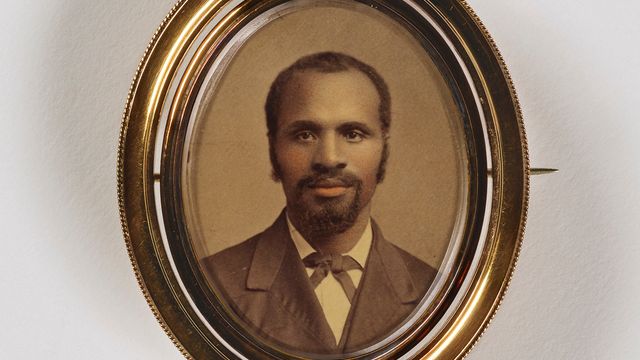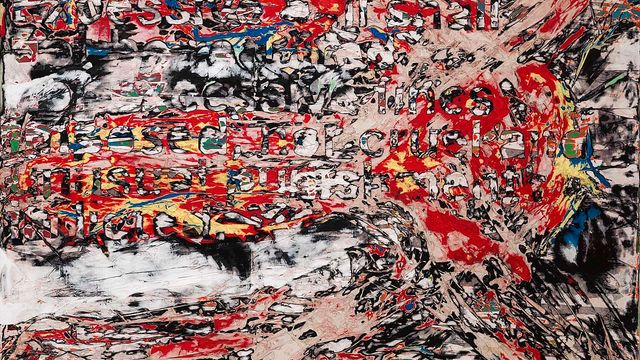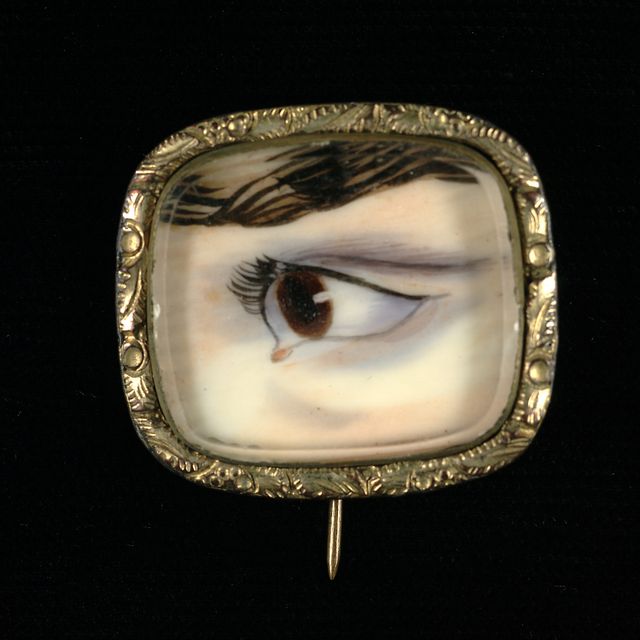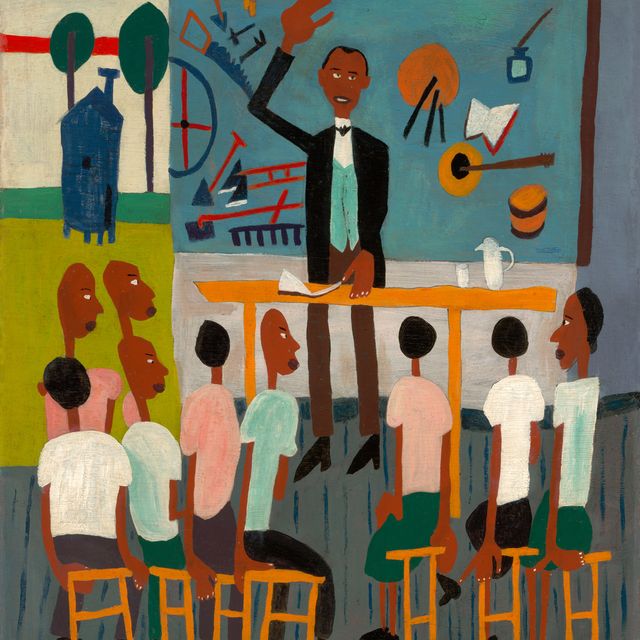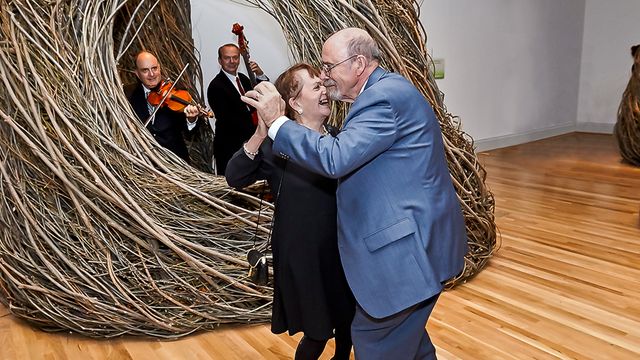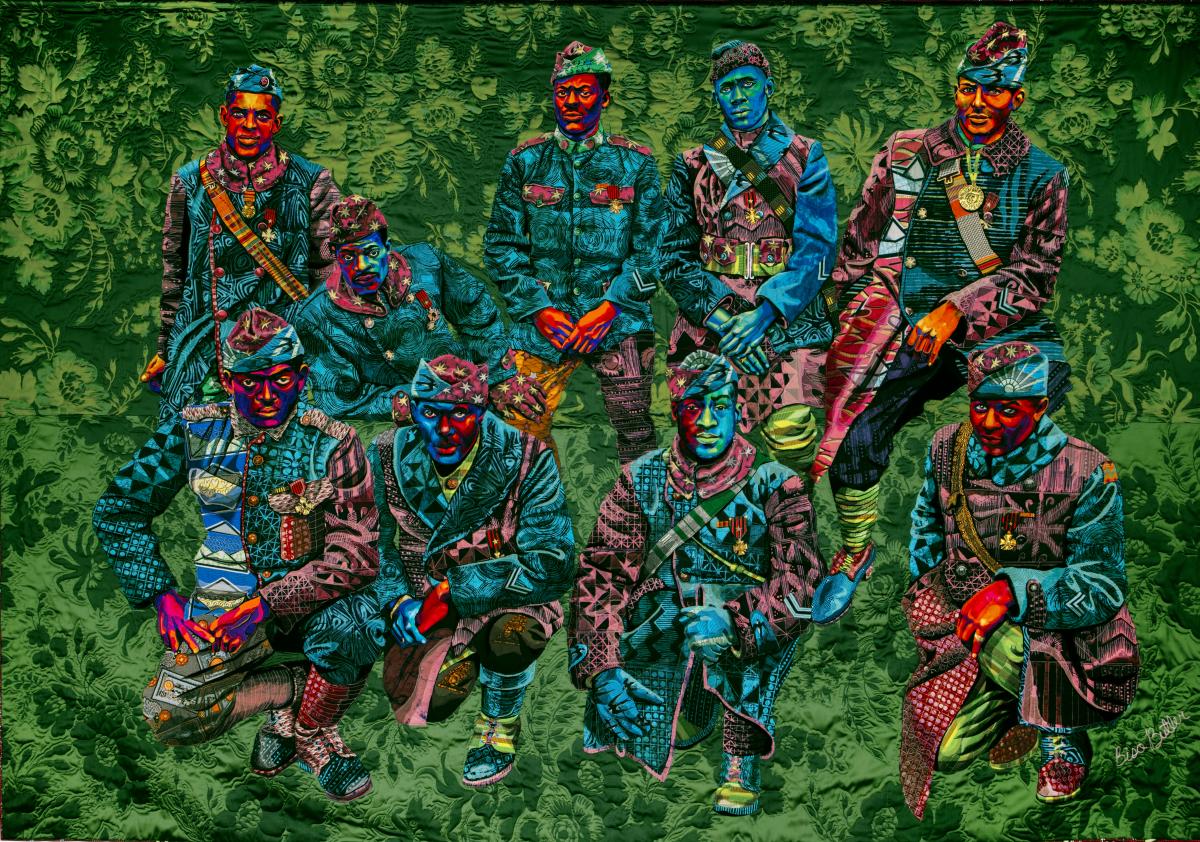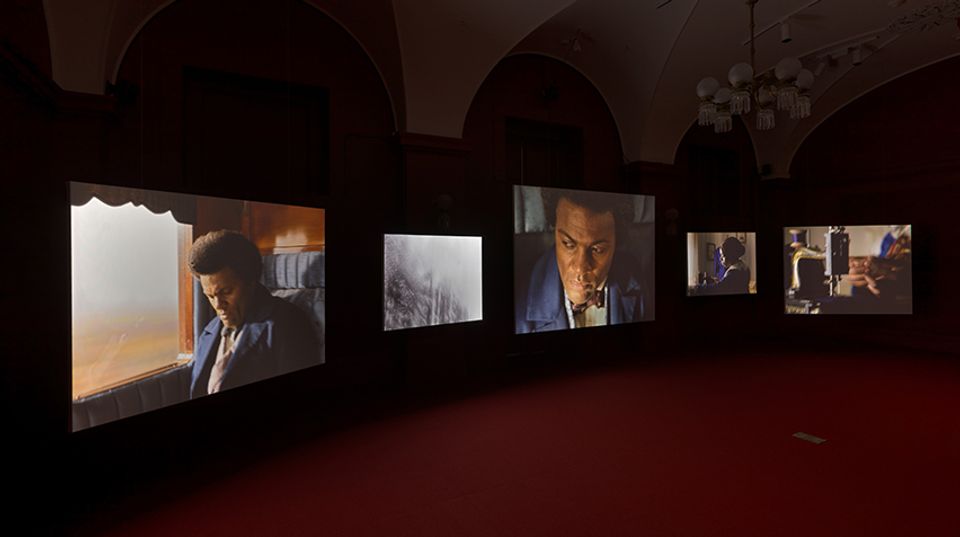
During World War I, the segregated 369th Infantry Regiment was known as the Harlem Hellfighters. These men, ranging in age from 19 to 33 fought in several key battles and spent extensive time in continuous combat. In addition to the war raging overseas, they were fighting another battle at home: racism. In 1917, the United States Army was segregated; it took another thirty years for the Army to be desegregated. Because White soldiers were not willing to fight alongside them, the Harlem Hellfighters were detailed to the French. For their bravery, they received the Croix de Guerre, the highest military honor of the French government.
Bisa Butler’s monumental quilt Don't Tread on Me, God Damn, Let's Go! - The Harlem Hellfighters, brings to life the history and emotions of nine members of the 369th Infantry Regiment. Looking at the artwork, you can see why Nora Atkinson, the Fleur and Charles Bresler Curator-in-Charge of SAAM’s Renwick Gallery, calls Butler “one of the foremost quilters in the nation.” Butler’s work draws on African American quilting traditions and the Kool-Aid colors of the Black Power art movement. Butler pieced together layers of dazzling textiles made of cotton, silk, wool, and velvet. And like many of her textile works, this one is based on an old black-and white photo, taken when the Harlem Hellfighters were returning to the United States, the first regiment to hit American soil. The men stare coolly into the camera, heroes all, whose story has been transformed into an artwork that celebrates their achievements.
Listen to Nora Atkinson discuss the history and creation of this extraordinary artwork in the video below. To learn more about Bisa Butler, watch an archived lecture with the artist. Read more about the Harlem Hellfighters at the National Museum of African American History and Culture and in Smithsonian Magazine.
Explore the untold stories and rich connections behind selected artworks with SAAM experts in the video series American Art Moments.



